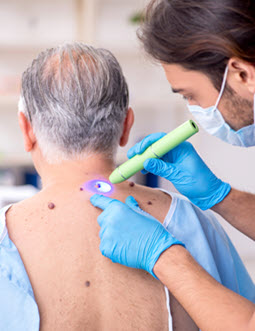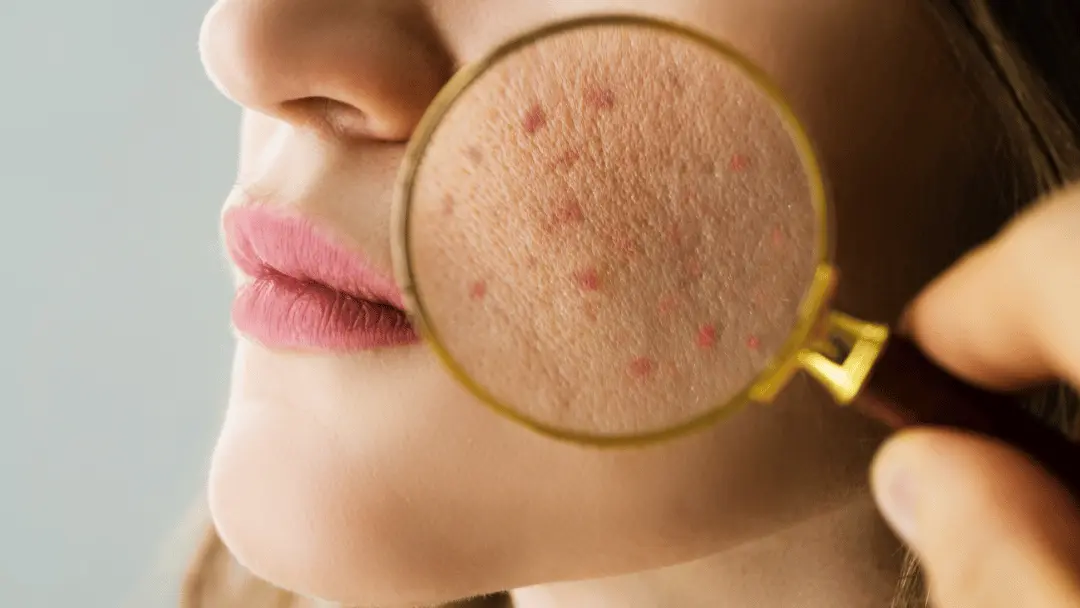Checking Out the Newest Advancements in Dermatology: Mohs Techniques for Reliable Skin Cancer Cells Treatment
In the advancing landscape of dermatology, Mohs surgical procedure has actually arised as a groundbreaking technique in dealing with skin cancer. This strategy, known for its precision and efficacy, has actually changed the domain name, supplying a sign of wish for clients with basal and squamous cell carcinomas. As we unpack the complexities of this treatment and its edge over typical therapies, one can not aid however ponder the transformative possible Mohs surgery holds for the future of skin cancer cells therapy.
Recognizing the Fundamentals of Mohs Surgery
A considerable number of people internationally are increasingly transforming to Mohs surgical treatment for skin cancer cells treatment. The effectiveness of Mohs surgery is impressive, flaunting the highest possible success price amongst therapies for skin cancer, with a reported five-year remedy rate of up to 99% for new cancers.
The Introducing Duty of Mohs Surgical Treatment in Dealing With Skin Cancer
Despite the myriad of skin cancer therapies available today, Mohs surgery holds a distinct introducing function. Created by Dr. Frederic Mohs in the 1930s, this treatment has actually transformed the field of dermatology by providing the greatest cure rate for skin cancer patients. Mohs surgical treatment is particularly reliable in dealing with aggressive and reoccuring cancers, making it a recommended choice for skin cancers cells situated in cosmetically delicate or functionally important locations.

The Procedure: A Step-by-Step Breakdown of Mohs Surgery
Going through Mohs surgery includes a meticulous, step-by-step procedure made to eradicate skin cancer while protecting healthy cells. Each layer is diligently taken a look at under a microscopic lense to inspect for cancer cells. Unlike conventional techniques, Mohs surgical treatment allows the specialist to accurately figure out when the cancer cells has actually been entirely removed, decreasing the requirement for additional treatment.
Secret Advantages of Opting for Mohs Surgical Treatment: Efficiency and Precision

Mohs Surgery vs. Traditional Skin Cancer Treatments: A Relative Evaluation
The comparative evaluation between Mohs surgical procedure and standard skin cancer treatments necessitates a comprehensive understanding of both approaches. The very first part of the examination will certainly translate the procedure of Mohs surgical procedure, adhered to by an expedition of traditional treatments. The last element of the contrast will focus on the efficiency of each technique, giving a clear comparison in between Mohs and standard treatments.
Recognizing Standard Therapies
Individuals battling skin cancer frequently challenge an overwelming array of therapy choices. Standard treatments largely involve medical excision, cryotherapy, radiation, and topical radiation treatment. In medical excision, the malignant cells is removed together with some bordering healthy skin. Cryotherapy makes use of extreme cool to eliminate cancer cells, while radiation treatment employs high-energy rays to ruin them (dermatologist). Topical radiation treatment involves using a cream or gel directly onto the skin cancer. While these therapies can be reliable, they may also bring about scarring, discomfort, and in some cases, recurrence of the cancer cells. The option of therapy requires a cautious balance in between getting rid of the cancer extensively and preserving as much healthy skin as feasible. The following section will check out the Mohs surgical procedure, a strategy that intends to attain this balance.
Translating Mohs Surgical Procedure
Considerable improvements in clinical scientific research have actually led the way for more nuanced and patient-friendly approaches to skin cancer This Site therapy. One such improvement is Mohs surgery, a specialized treatment that masters treating particular kinds of skin cancer. Unlike conventional therapies that usually get rid of added healthy and balanced skin around the growth, Mohs surgical procedure is an accurate strategy that involves removing skin cancer cells layer by layer while taking a look at each layer under a microscopic lense up until no cancer cells continue to be. This not only guarantees complete elimination of cancer however likewise decreases damages to bordering healthy and balanced cells. Mohs surgical treatment is not ideal for all skin cancers cells and person problems, thus requiring a cautious evaluation by skin specialists. The selection between Mohs and typical therapies largely relies on the particular circumstances of each client.
Efficiency Comparison: Mohs vs. Typical
While both Mohs surgery and traditional skin cancer cells therapies have their qualities, a comparative evaluation discloses distinct distinctions in efficacy. The Mohs method, involving the elimination of one skin layer at a time, has actually revealed higher cure prices for both main and frequent skin cancers cells. Client suitability, cancer cells kind, and place dramatically influence therapy results.
Accepting the Future: The Expanding Fostering of Mohs Surgery in Dermatology
This expanding fostering is connected to the treatment's high cure prices, particularly for basic cell cancer and squamous cell carcinoma, the most common kinds of skin cancer cells. Mohs surgery supplies the benefit of protecting more healthy cells than conventional techniques, making his explanation it a recommended choice for dealing with cancers in cosmetically delicate areas. Despite this, the future of dermatology appears to be accepting Mohs surgical procedure as a crucial weapon against skin cancer.
Verdict
In recap, the improvements in Mohs surgery methods have Website actually changed skin cancer therapy in dermatology. The procedure's accuracy in removing cancerous skin layers while conserving healthy and balanced tissue has actually confirmed its efficacy, causing high treatment rates and low reoccurrence. Provided its prevalence over conventional methods, the fostering of Mohs surgery is expected to grow, placing it as the future of reliable skin cancer treatment.